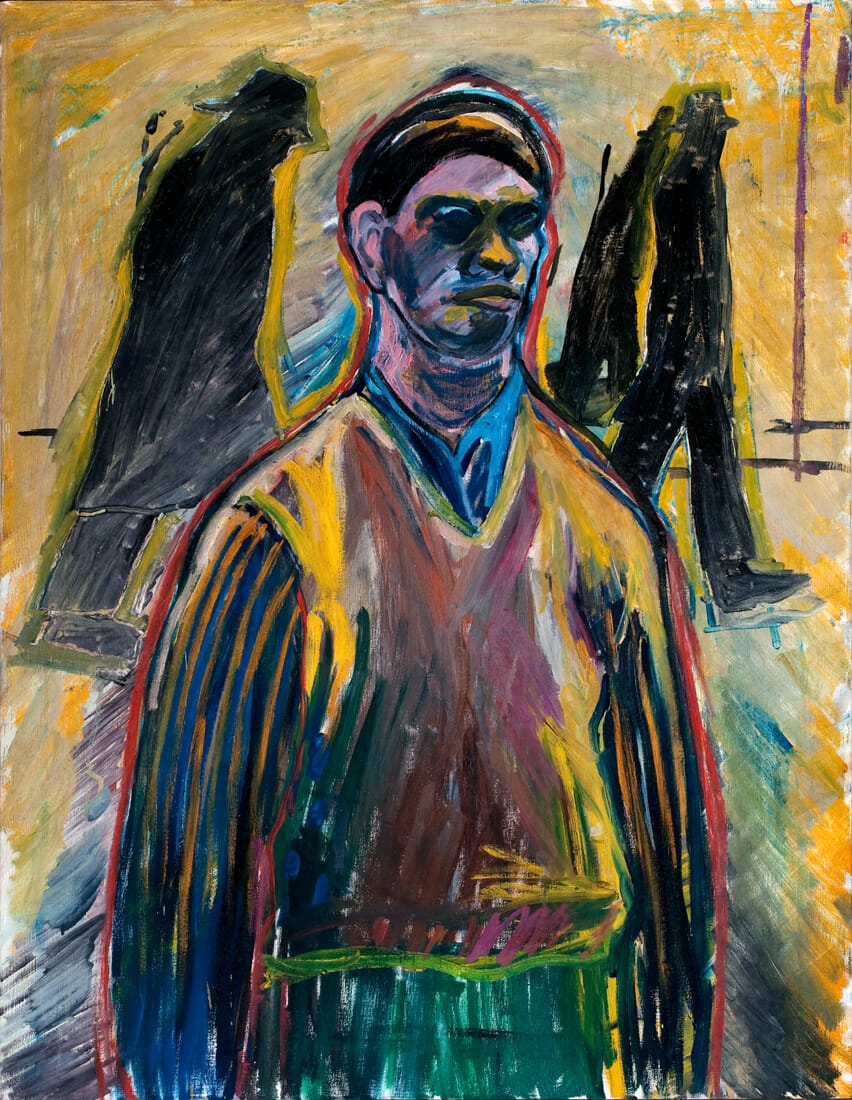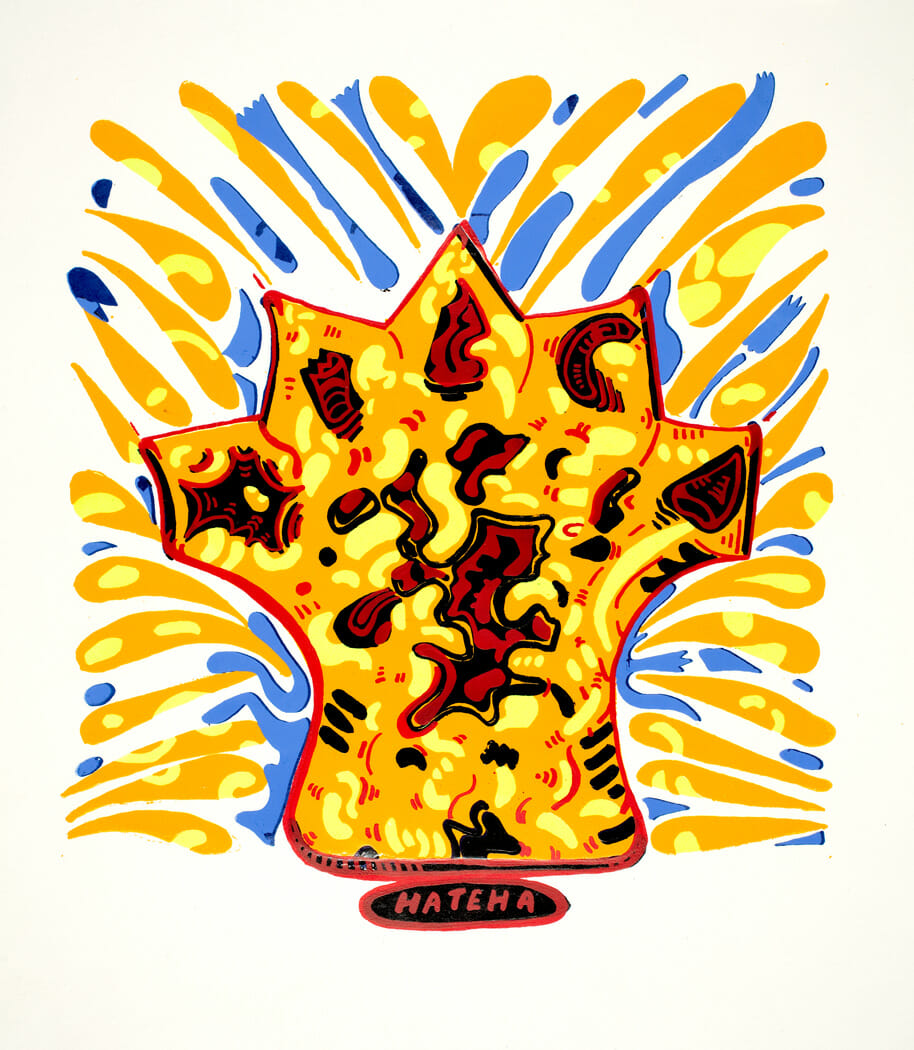James Falconer
Born: 1943 (Warrensburg, MO, United States)
The first Hairy Who exhibition (1966) came about when James Falconer and Jim Nutt suggested a series of small-group exhibitions to Don Baum, exhibitions coordinator at the Hyde Park Art Center. Falconer and Nutt’s initial exhibition group included Art Green, Gladys Nilsson, and Suellen Rocca. At Baum’s suggestion, they also welcomed Karl Wirsum into their circle. Like the exhibition title, the participating artists came to be known, collectively, as the Hairy Who.
The first Hairy Who exhibition at the Hyde Park Art Center in 1966 was followed by subsequent exhibitions in 1967 and 1968, as well as installations at the San Francisco Art Institute in 1968 and the Corcoran Gallery of Art in Washington, D.C., in 1969. Participation in these exhibitions fluctuated somewhat; in addition to the 1966 and 1968 Hairy Who exhibitions in Hyde Park, Falconer participated in the Corcoran Gallery exhibition.
Falconer has remarked that the imagery of the Hairy Who artists emerged from the tension and repression of the 1960s. Like other artists in the group, he also drew inspiration from the Monster Roster, a post-World War II group established by Leon Golub and other Chicago artists who, like the Imagists a generation later, focused on psychological expression through the human figure. Falconer saw in these works a personal and political angst similar to his own. Working with a range of mediums, Falconer explored juxtapositions between Western and non-Western sources and highlighted tensions between layers of patterning and abstract shapes.
In the late 1960s, Falconer became active in anti-war efforts, co-founding the Chicago branch of Artists Against the War in Vietnam with friends Dominick Di Meo, Robert Donley, and Donald Main. By 1970, Falconer had moved to New York City, where he explored artistic avenues in film and photography. He eventually pursued a career as an acoustical consultant, designing and building recording studios. Falconer resided in New York for 32 years; in the early 2000s, he returned to Chicago, where he lives today. Falconer identifies his recent abstract forms as gestures in figuration and an extension of his roots in Imagism.

